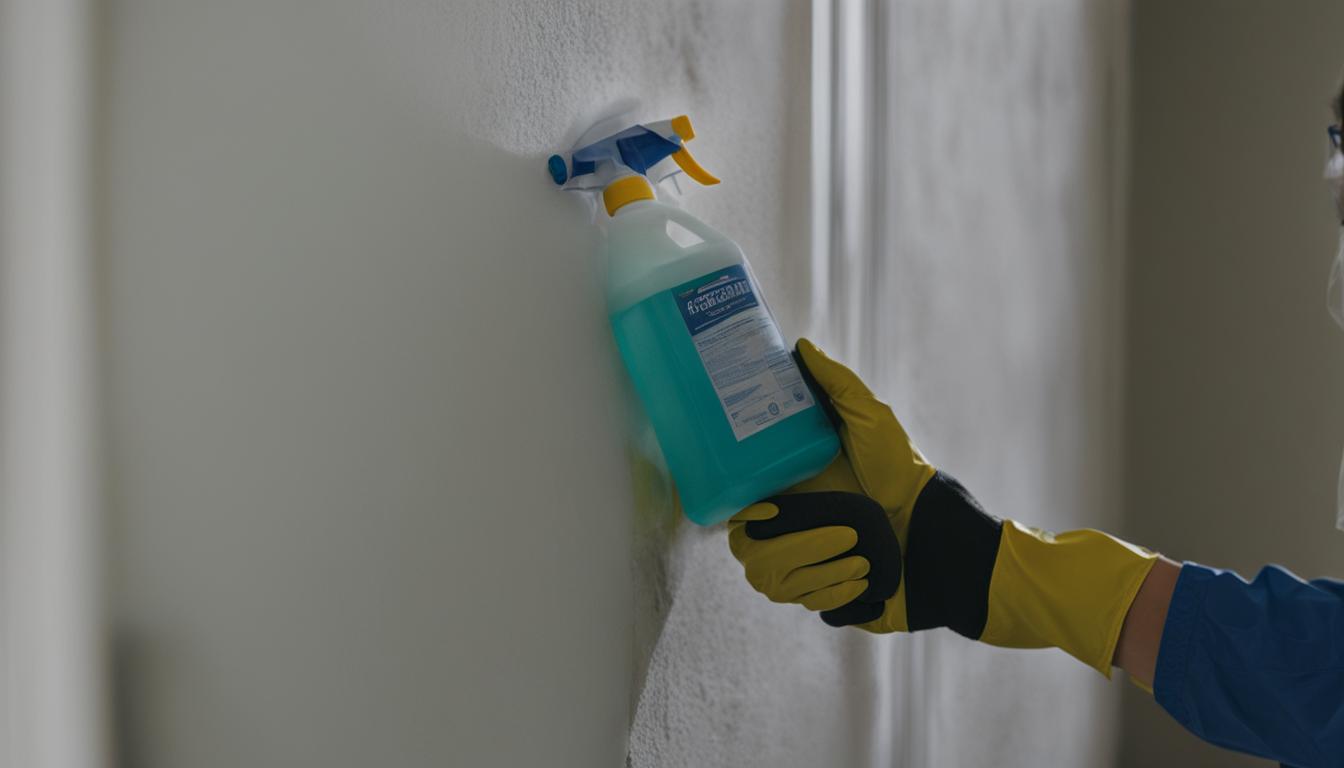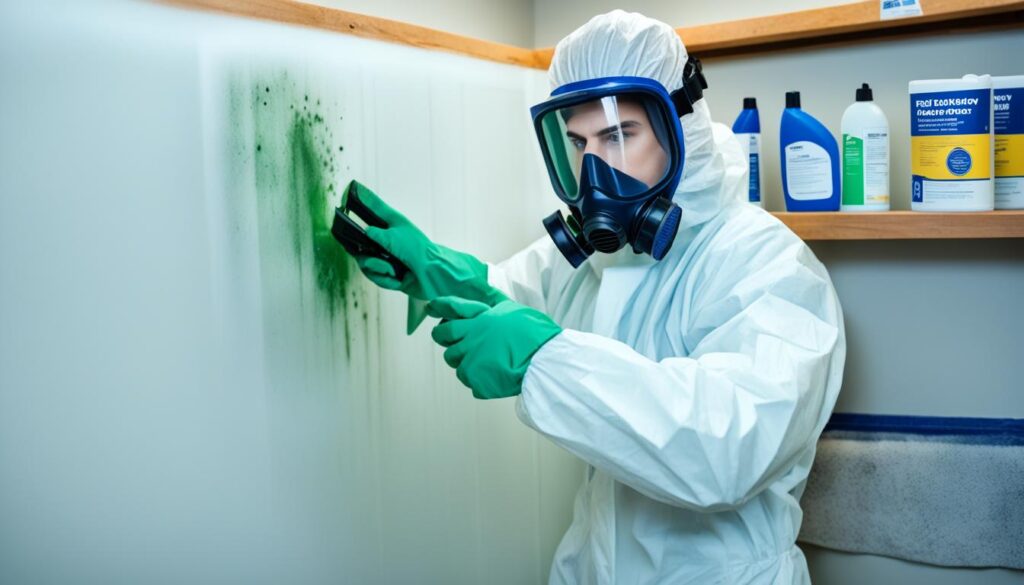
Effective Mold Removal Techniques and Tips
Discovering mold growth in your home can be concerning, as it not only affects the aesthetic appeal of your space but also poses potential health risks. Proper cleaning and mold removal techniques are crucial to maintain a healthy living environment for you and your family. In this article, we will provide you with professional tips and safe methods to clean mold effectively and maintain a mold-free home.
Key Takeaways:
- Regularly inspect your home for any signs of mold growth.
- Wear protective gear, such as gloves and a mask, when cleaning mold.
- Use natural cleaning solutions or specialized mold removal products.
- Ensure proper ventilation in areas prone to moisture and humidity.
- Seek professional help for extensive or stubborn mold infestations.
Professional Tips for Cleaning Mold
When it comes to cleaning mold, taking a professional approach is essential to ensure effective removal and prevent its recurrence. By following these expert tips and best practices, you can tackle mold growth in your home efficiently and maintain a healthy living environment.
- Assess the extent of the mold: Before starting the cleaning process, thoroughly inspect the affected area to determine the size and severity of the mold problem. This assessment will help you devise an appropriate cleaning strategy.
- Protect yourself: Mold spores can be harmful to your health, so it is crucial to wear protective gear like gloves, goggles, and a respiratory mask before starting the cleaning process. This will safeguard you from inhaling or coming in direct contact with mold particles.
- Ventilate the area: Open windows and use fans to improve air circulation in the space you are cleaning. Adequate ventilation will help prevent mold spores from spreading to other areas of your home.
- Isolate the affected area: If possible, seal off the area you’re cleaning with plastic sheets or tarps to prevent cross-contamination. This will help contain the mold spores and minimize the risk of spreading them to unaffected areas.
- Use appropriate cleaning solutions: Depending on the surface you are cleaning, different solutions may be required. For non-porous surfaces, such as tiles or glass, use a mixture of detergent and water. For porous surfaces like drywall or fabric, it may be necessary to use specialized mold cleaning solutions. Always follow the manufacturer’s instructions.
- Scrub with care: When removing mold from surfaces, use a scrub brush or sponge to gently scrub away the mold. Avoid aggressive scrubbing, as it may release more spores into the air. Thoroughly clean the affected area, ensuring all visible mold is removed.
- Dry the area: After cleaning, thoroughly dry the area to prevent moisture from facilitating mold regrowth. Use dehumidifiers or fans to expedite the drying process.
- Monitor for recurring mold: Regularly inspect the cleaned area for any signs of recurring mold growth. If you notice mold returning, it may indicate an underlying moisture issue that needs to be addressed.
By following these professional tips, you can confidently clean mold from your home and take proactive measures to prevent its return. Remember, if the mold problem is extensive or persistent, it’s advisable to seek help from professional mold remediation experts.

| Cleaning Solution | Surface | Effectiveness |
|---|---|---|
| Bleach solution | Non-porous surfaces (tiles, glass) | Effective |
| Vinegar | Non-porous surfaces (tiles, glass) | Moderately effective |
| Borax solution | Porous surfaces (drywall, fabric) | Highly effective |
Conclusion
In conclusion, mold removal is crucial for maintaining a healthy living environment. By implementing the safe and effective techniques discussed in this article, such as proper cleaning and preventive measures, you can protect your home from mold and reduce the potential health risks associated with it. Regularly monitoring your home for any signs of mold growth is essential to address the issue promptly.
If you encounter a severe mold infestation or have difficulty removing mold on your own, it is advisable to seek professional help. Trained mold remediation experts have the knowledge, experience, and specialized tools to eradicate mold thoroughly and ensure its recurrence is minimized.
Remember, prevention is key in keeping your home clean and mold-free. Maintain proper ventilation and moisture control, promptly address any water leaks or dampness issues, and regularly clean and disinfect areas prone to mold growth. By taking proactive measures to prevent mold, you can create a safer and healthier living space for you and your family.




